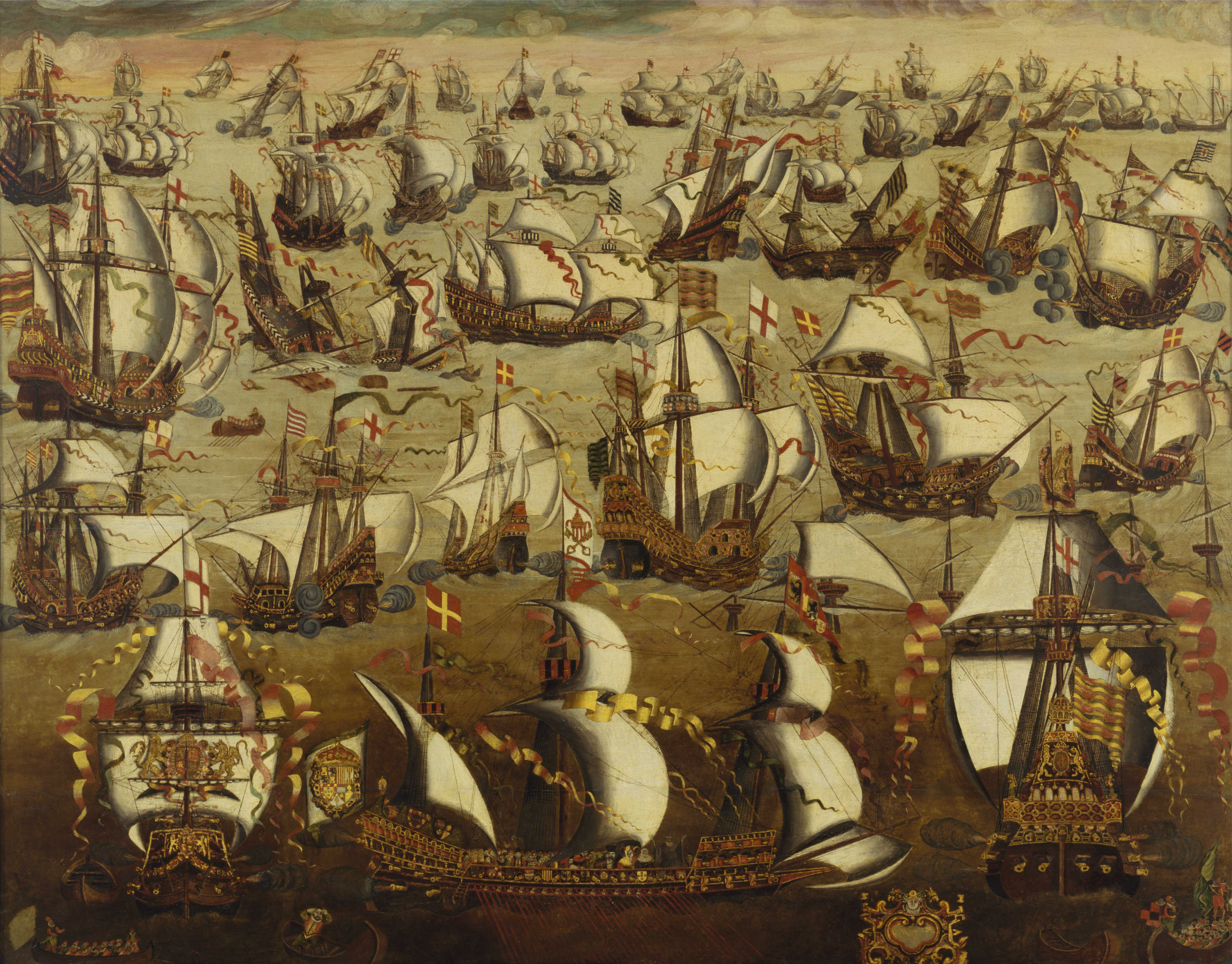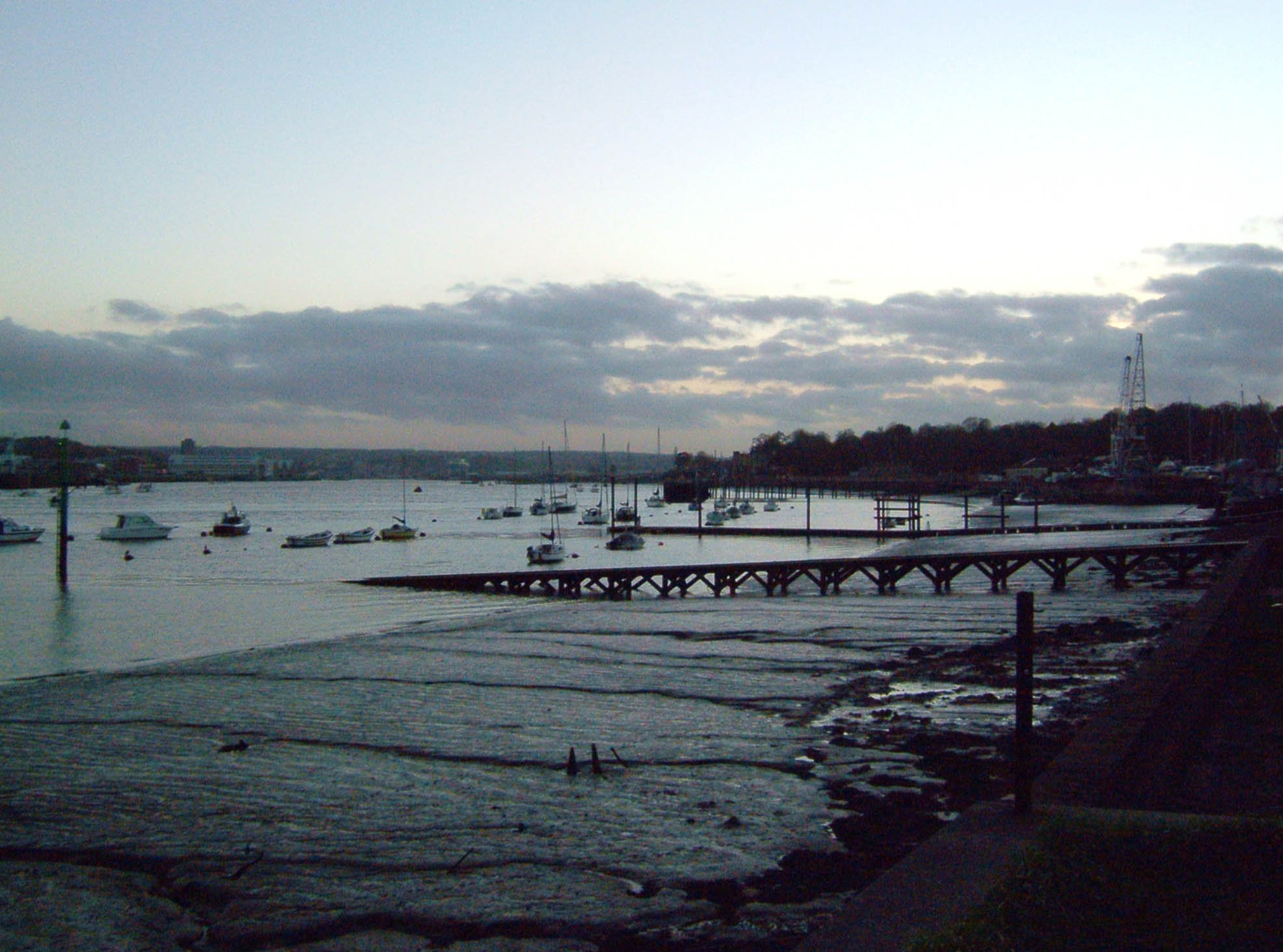|
HMS Assistance (1747)
HMS ''Assistance'' was a 50-gun fourth rate ship of the line of the Royal Navy, built at a private yard on the River Medway to the draught specified by the 1745 Establishment The 1745 Establishment was the third and final formal establishment of dimensions for ships to be built for the Royal Navy. It completely superseded the previous 1719 Establishment, which had subsequently been modified in 1733 and again in 1741 ..., and launched on 22 December 1747. ''Assistance'' served until 1773, when she was sold out of the navy. Notes References *Lavery, Brian (2003) ''The Ship of the Line - Volume 1: The development of the battlefleet 1650-1850''. Conway Maritime Press. . Ships of the line of the Royal Navy 1747 ships {{UK-line-ship-stub ... [...More Info...] [...Related Items...] OR: [Wikipedia] [Google] [Baidu] |
Kingdom Of Great Britain
The Kingdom of Great Britain (officially Great Britain) was a sovereign country in Western Europe from 1 May 1707 to the end of 31 December 1800. The state was created by the 1706 Treaty of Union and ratified by the Acts of Union 1707, which united the kingdoms of England (which included Wales) and Scotland to form a single kingdom encompassing the whole island of Great Britain and its outlying islands, with the exception of the Isle of Man and the Channel Islands. The unitary state was governed by a single parliament at the Palace of Westminster, but distinct legal systems – English law and Scots law – remained in use. The formerly separate kingdoms had been in personal union since the 1603 "Union of the Crowns" when James VI of Scotland became King of England and King of Ireland. Since James's reign, who had been the first to refer to himself as "king of Great Britain", a political union between the two mainland British kingdoms had been repeatedly attempted and ... [...More Info...] [...Related Items...] OR: [Wikipedia] [Google] [Baidu] |
Naval Ensign Of Great Britain (1707-1800)
A navy, naval force, or maritime force is the branch of a nation's armed forces principally designated for naval and amphibious warfare; namely, lake-borne, riverine, littoral, or ocean-borne combat operations and related functions. It includes anything conducted by surface ships, amphibious ships, submarines, and seaborne aviation, as well as ancillary support, communications, training, and other fields. The strategic offensive role of a navy is projection of force into areas beyond a country's shores (for example, to protect sea-lanes, deter or confront piracy, ferry troops, or attack other navies, ports, or shore installations). The strategic defensive purpose of a navy is to frustrate seaborne projection-of-force by enemies. The strategic task of the navy also may incorporate nuclear deterrence by use of submarine-launched ballistic missiles. Naval operations can be broadly divided between riverine and littoral applications (brown-water navy), open-ocean applications (blue- ... [...More Info...] [...Related Items...] OR: [Wikipedia] [Google] [Baidu] |
1745 Establishment
The 1745 Establishment was the third and final formal establishment of dimensions for ships to be built for the Royal Navy. It completely superseded the previous 1719 Establishment, which had subsequently been modified in 1733 and again in 1741 (but not formally replaced on either occasion). Although partially intended to correct the problems of the ships built to the earlier Establishments, the ships of the 1745 Establishment proved just as unsatisfactory, and important changes in the make-up of the Admiralty and Navy Boards finally led to the end of the establishment era by around 1751.Lavery, The Ship of the Line - Volume 1, p 86–97. Origins When the 1706 Establishment had come into effect, British naval architecture had been set on a path of conservatism that caused stagnation in the advance of shipbuilding in Great Britain. Over the course of the existence of the 1706 and 1719 Establishments, the sizes of ships had remained relatively unchanged: the gundeck length ... [...More Info...] [...Related Items...] OR: [Wikipedia] [Google] [Baidu] |
Fourth Rate
In 1603 all English warships with a compliment of fewer than 160 men were known as 'small ships'. In 1625/26 to establish pay rates for officers a six tier naval ship rating system was introduced.Winfield 2009 These small ships were divided into three tiers, Fourth, Fifth and Sixth rates. Up to the end of the 17th century the number of guns and the compliment size was adjusted until the rating system was actually clarified. A 'Fourth Rate' was nominally a ship of over thirty guns with a complement of 140 men. In the rating system of the Royal Navy used to categorize sailing warships in the 18th century, a fourth-rate was a ship of the line with 46 to 60 guns mounted. They were phased out of ship of the line service during the French Revolutionary and Napoleonic Wars, as their usefulness was declining; though they were still in service, especially on distant stations such as the East Indies. ''Fourth-rates'' took many forms, initially as small two decked warships, later as la ... [...More Info...] [...Related Items...] OR: [Wikipedia] [Google] [Baidu] |
Ship Of The Line
A ship of the line was a type of naval warship constructed during the Age of Sail from the 17th century to the mid-19th century. The ship of the line was designed for the naval tactic known as the line of battle, which depended on the two columns of opposing warships maneuvering to volley fire with the cannons along their broadsides. In conflicts where opposing ships were both able to fire from their broadsides, the opponent with more cannons firingand therefore more firepowertypically had an advantage. Since these engagements were almost invariably won by the heaviest ships carrying more of the most powerful guns, the natural progression was to build sailing vessels that were the largest and most powerful of their time. From the end of the 1840s, the introduction of steam power brought less dependence on the wind in battle and led to the construction of screw-driven wooden-hulled ships of the line; a number of purely sail-powered ships were converted to this propulsion ... [...More Info...] [...Related Items...] OR: [Wikipedia] [Google] [Baidu] |
Full-rigged Ship
A full-rigged ship or fully rigged ship is a sailing vessel's sail plan with three or more masts, all of them square-rigged. A full-rigged ship is said to have a ship rig or be ship-rigged. Such vessels also have each mast stepped in three segments: lower mast, top mast, and topgallant mast. Other large, multi-masted sailing vessels may be regarded as ships while lacking one of the elements of a full-rigged ship, e.g. having one or more masts support only a fore-and-aft sail or having a mast that only has two segments. Masts The masts of a full-rigged ship, from bow to stern, are: * Foremast, which is the second tallest mast * Mainmast, the tallest * Mizzenmast, the third tallest * Jiggermast, which may not be present but will be fourth tallest if so If the masts are of wood, each mast is in three or more pieces. They are (in order, from bottom up): * The lowest piece is called the ''mast'' or the ''lower''. * Topmast * Topgallant mast * Royal mast, if fitted On steel-ma ... [...More Info...] [...Related Items...] OR: [Wikipedia] [Google] [Baidu] |
Royal Navy
The Royal Navy (RN) is the United Kingdom's naval warfare force. Although warships were used by Kingdom of England, English and Kingdom of Scotland, Scottish kings from the early medieval period, the first major maritime engagements were fought in the Hundred Years' War against Kingdom of France, France. The modern Royal Navy traces its origins to the early 16th century; the oldest of the British Armed Forces, UK's armed services, it is consequently known as the Senior Service. From the middle decades of the 17th century, and through the 18th century, the Royal Navy vied with the Dutch Navy and later with the French Navy for maritime supremacy. From the mid 18th century, it was the world's most powerful navy until the World War II, Second World War. The Royal Navy played a key part in establishing and defending the British Empire, and four Imperial fortress colonies and a string of imperial bases and coaling stations secured the Royal Navy's ability to assert naval superiority ... [...More Info...] [...Related Items...] OR: [Wikipedia] [Google] [Baidu] |
River Medway
The River Medway is a river in South East England. It rises in the High Weald, East Sussex and flows through Tonbridge, Maidstone and the Medway conurbation in Kent, before emptying into the Thames Estuary near Sheerness, a total distance of . About of the river lies in East Sussex, with the remainder being in Kent. It has a catchment area of , the second largest in southern England after the Thames. The map opposite shows only the major tributaries: a more detailed map shows the extensive network of smaller streams feeding into the main river. Those tributaries rise from points along the North Downs, the Weald and Ashdown Forest. Tributaries The major tributaries are: * River Eden * River Bourne, known in the past as the Shode or Busty * River Teise, major sub-tributary River Bewl * River Beult * Loose Stream * River Len Minor tributaries include: * Wateringbury Stream * East Malling Stream * River Grom Former minor tributaries include the Old Bourne ... [...More Info...] [...Related Items...] OR: [Wikipedia] [Google] [Baidu] |
Ships Of The Line Of The Royal Navy
A ship is a large watercraft that travels the world's oceans and other sufficiently deep waterways, carrying cargo or passengers, or in support of specialized missions, such as defense, research, and fishing. Ships are generally distinguished from boats, based on size, shape, load capacity, and purpose. Ships have supported exploration, trade, warfare, migration, colonization, and science. After the 15th century, new crops that had come from and to the Americas via the European seafarers significantly contributed to world population growth. Ship transport is responsible for the largest portion of world commerce. The word ''ship'' has meant, depending on the era and the context, either just a large vessel or specifically a ship-rigged sailing ship with three or more masts, each of which is square-rigged. As of 2016, there were more than 49,000 merchant ships, totaling almost 1.8 billion dead weight tons. Of these 28% were oil tankers, 43% were bulk carriers, a ... [...More Info...] [...Related Items...] OR: [Wikipedia] [Google] [Baidu] |

_-_02.jpg)


